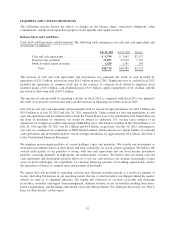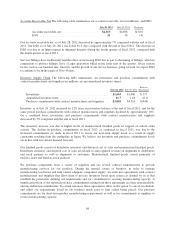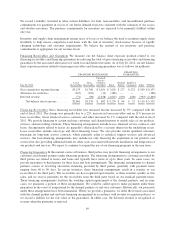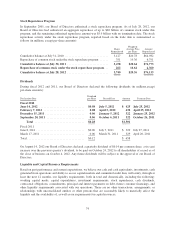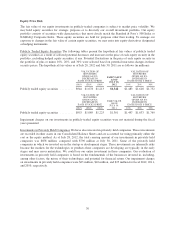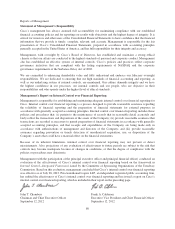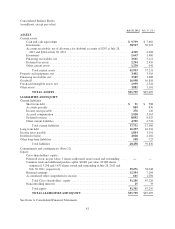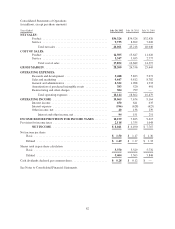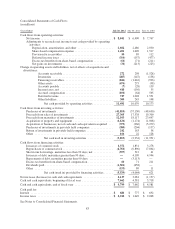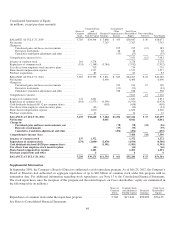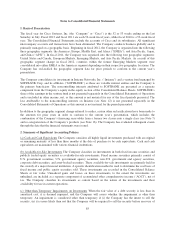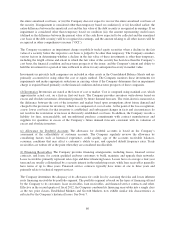Cisco 2012 Annual Report Download - page 84
Download and view the complete annual report
Please find page 84 of the 2012 Cisco annual report below. You can navigate through the pages in the report by either clicking on the pages listed below, or by using the keyword search tool below to find specific information within the annual report.
Equity Price Risk
The fair value of our equity investments in publicly traded companies is subject to market price volatility. We
may hold equity securities for strategic purposes or to diversify our overall investment portfolio. Our equity
portfolio consists of securities with characteristics that most closely match the Standard & Poor’s 500 Index or
NASDAQ Composite Index. These equity securities are held for purposes other than trading. To manage our
exposure to changes in the fair value of certain equity securities, we may enter into equity derivatives designated
as hedging instruments.
Publicly Traded Equity Securities The following tables present the hypothetical fair values of publicly traded
equity securities as a result of selected potential decreases and increases in the price of each equity security in the
portfolio, excluding hedged equity securities, if any. Potential fluctuations in the price of each equity security in
the portfolio of plus or minus 10%, 20%, and 30% were selected based on potential near-term changes in those
security prices. The hypothetical fair values as of July 28, 2012 and July 30, 2011 are as follows (in millions):
VALUATION OF
SECURITIES
GIVEN AN X%
DECREASE IN
EACH STOCK’S PRICE
FAIR VALUE
AS OF
JULY 28,
2012
VALUATION OF
SECURITIES
GIVEN AN X%
INCREASE IN
EACH STOCK’S PRICE
(30)% (20)% (10)% 10% 20% 30%
Publicly traded equity securities ......... $944 $1,078 $1,213 $1,348 $1,483 $1,618 $1,752
VALUATION OF
SECURITIES
GIVEN AN X%
DECREASE IN
EACH STOCK’S PRICE
FAIR VALUE
AS OF
JULY 30,
2011
VALUATION OF
SECURITIES
GIVEN AN X%
INCREASE IN
EACH STOCK’S PRICE
(30)% (20)% (10)% 10% 20% 30%
Publicly traded equity securities ......... $953 $1,089 $1,225 $1,361 $1,497 $1,633 $1,769
Impairment charges on our investments in publicly traded equity securities were not material during the fiscal
years presented.
Investments in Privately Held Companies We have also invested in privately held companies. These investments
are recorded in other assets in our Consolidated Balance Sheets and are accounted for using primarily either the
cost or the equity method. As of July 28, 2012, the total carrying amount of our investments in privately held
companies was $858 million, compared with $796 million at July 30, 2011. Some of the privately held
companies in which we invested are in the startup or development stages. These investments are inherently risky
because the markets for the technologies or products these companies are developing are typically in the early
stages and may never materialize. We could lose our entire investment in these companies. Our evaluation of
investments in privately held companies is based on the fundamentals of the businesses invested in, including,
among other factors, the nature of their technologies and potential for financial return. Our impairment charges
on investments in privately held companies were $23 million, $10 million, and $25 million for fiscal 2012, 2011,
and 2010, respectively.
76



